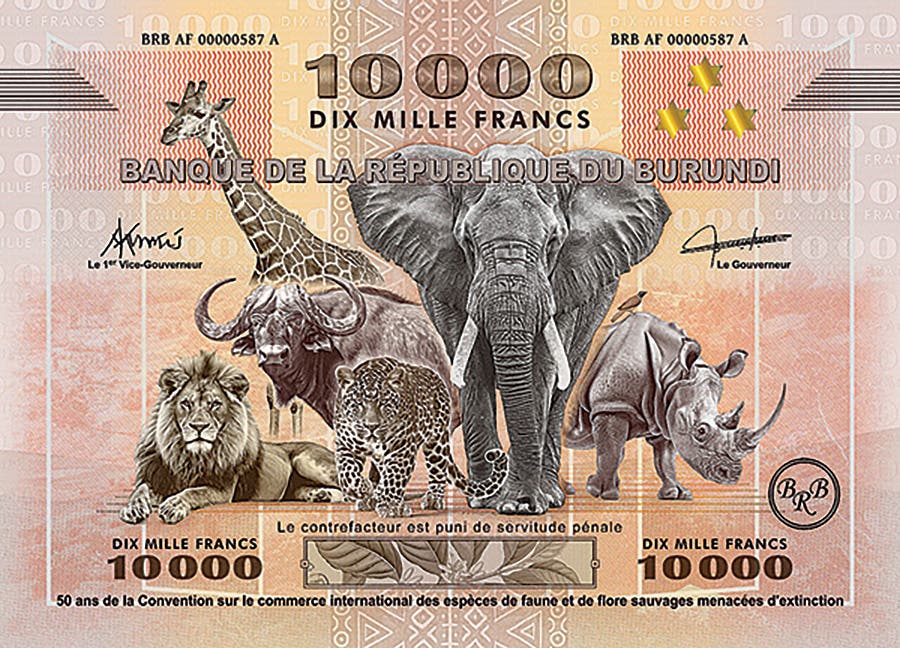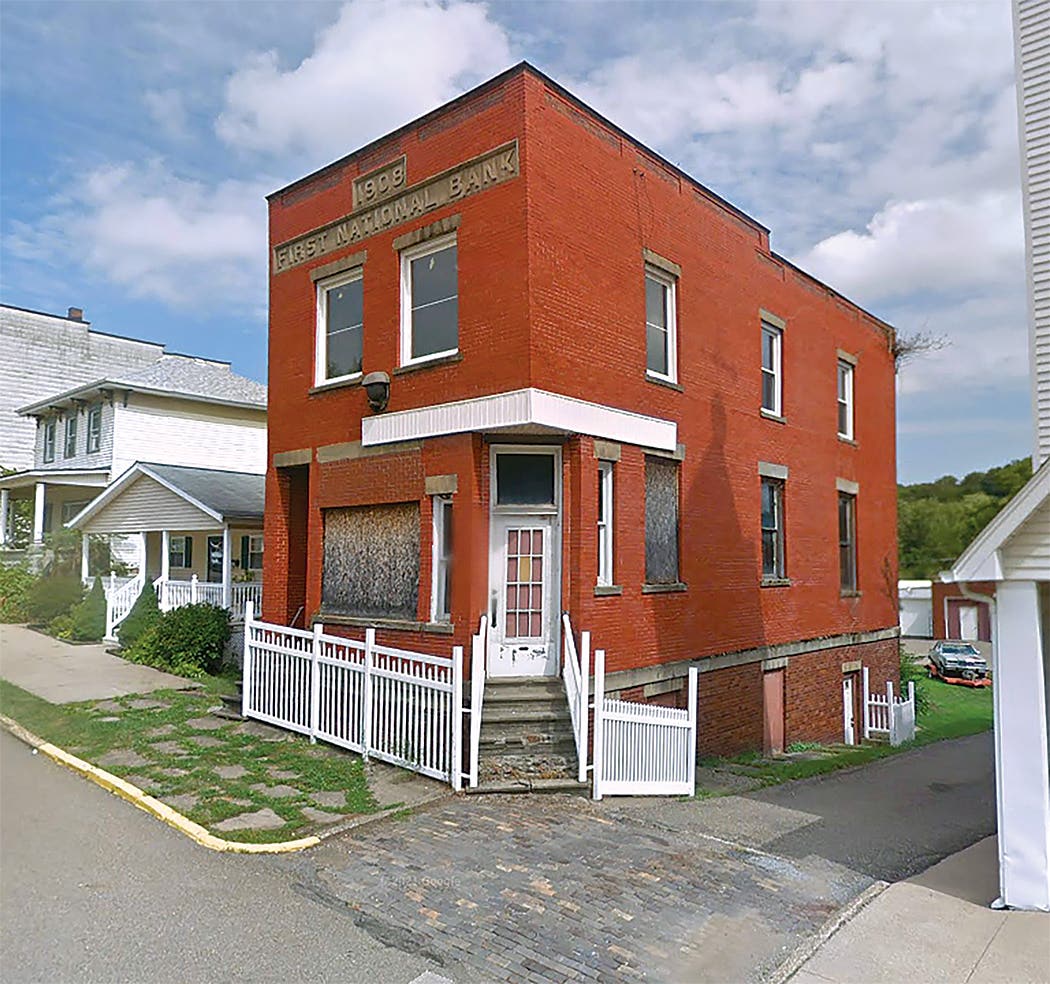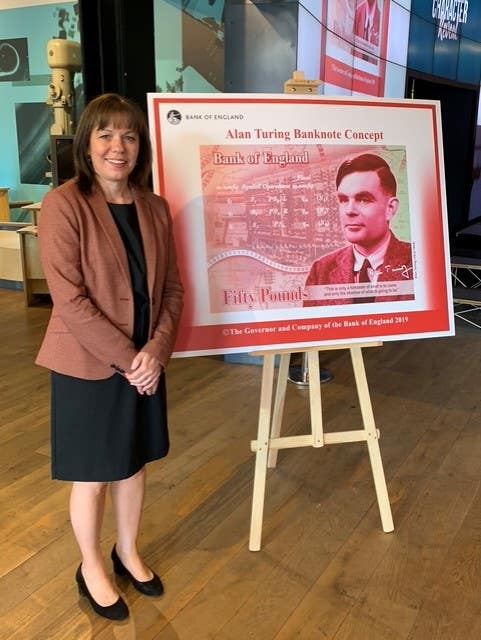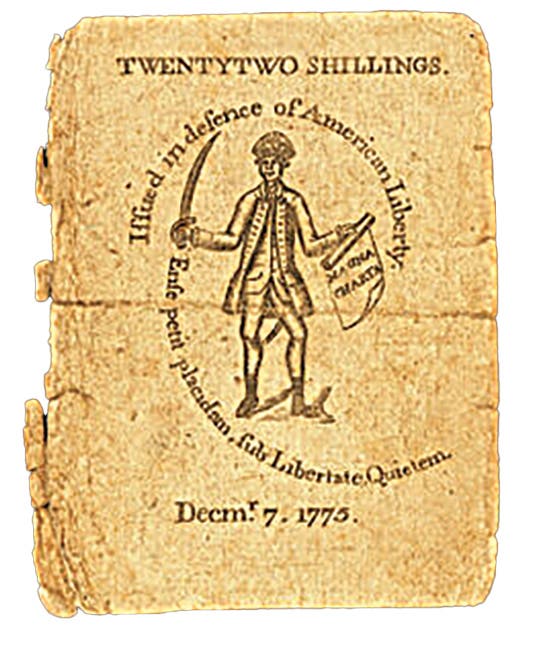Discovery: First Reported 637 $5 1934C Federal Reserve Star Note
Robert Calderman’s discovery of a $5 1934C FRN 637 mule star was a day to remember.
The discovery of a new micro back 637 variety is always a red-letter day. Robert Calderman, author of Cherry Picker’s Corner for Paper Money and owner of the most comprehensive collection of 637 varieties, picked this really tasty cherry from a Facebook Group Auction in September 2023.
What he spotted was the first $5 1934C Federal Reserve star note from any district bearing micro back plate 637. It is a mule; that is, the size of the plate serial numbers on the face and back differ, wherein, in this case, the face plate serial number is macro and the 637-back micro.
His find is G02184664* J230/637.
Federal Reserve notes with back plate 637 are highly prized because all are very scarce. Star notes with the variety are particularly revered because they are rare. At this time, two-star notes are reported from each of the 1934A and 1934B series as well as Calderman’s lone 1934C, all being mules. None are reported from the 1934 series, which would be non-mules on which both the face and back plate serial numbers are micro in size.
The use of back plate 637 spanned June 23, 1945, through June 14, 1949, a period in which an unusually large number of different $5 face plates were used, thus yielding a particularly rich trove of mattings. The currently reported and possible varieties are listed in Table 1.
The use of Series of 1934C face plate 230 on Calderman’s note overlapped the late use of the back plate feed stock printed from plate 637. Face 230 was begun on Dec. 9, 1946, certified for use on Dec. 23, 1946, used for eight press runs inclusive of Dec. 30, 1946, and Feb. 27, 1950, and canceled on Nov. 15, 1951.
Why is 637 So Special
The $5 back plate 637 began life in 1935 as a so-called 12-subject new gauge master plate, wherein the subjects had a slightly wider horizontal separation between each other. This reduced spoilage when the notes were separated.
No plate serial numbers were etched into the subjects at the time 637 was made. It served as a master plate from which hundreds of production plates and other masters were made over the next eight years. Its progeny continued in that capacity into 1953. The result was that 637 fathered the vast majority of 12-subject new gauge $5 back plates made between 1935 and 1953.
A program was begun in 1947 to standardize the dimensions of all currency plates. Accordingly, the widths of the $5 backs were shortened beginning in 1951, with full conversion by 1953. The change resulted in new back plates that supplanted those made from 637.
Bureau personnel were etching decidedly small plate serial numbers onto the production plates at the time 637 was made in 1935, which numismatists call micro numbers. Of course, plate serial numbers were not etched into 637 while it was being used as a master.
In 1937, the Secret Service requested that the BEP increase the size of the plate serial numbers to aid their agents in reading the numbers on worn notes. This resulted in what numismatists call macro numbers. All the $5 micro back production plates were worn out by the end of February 1940, except the last old narrow-gauge plate numbered 629.
Plate 637 was retired as a master in October 1943. It was still perfectly good, so when Bureau personnel were scavenging for salvageable items to conserve metal for the World War II effort, they found it and fashioned it into a production plate.
An engraver etched its plate serial number onto each subject at that time. Curiously, he attempted to replicate the microplate serial numbers that were in use in 1935 when the plate was made instead of using contemporary macro numbers. The plate was certified for use on Nov. 10, 1944. Thus, it was poised to begin the second half of its life; this time as a production plate that would create what are now the most sought $5 backs by today’s small note specialists.
The plate experienced 16 press runs between June 1945 and June 1949 before wearing out. A total of 598,259 12-subject backs were printed from it, amounting to 7,179,108 notes.
Suddenly in 1945, notes from 637 began to appear bearing its then out-of-character microplate serial numbers. The number was three digits instead of four as on the other backs in use then. These two features made its notes stand out, but the fact was no collectors were paying any attention at the time.
Secrets of $5 637 Back Revealed
$5 back 637 began to be discovered by collectors when mule varieties started to be recognized and collected in the early 1960s. Leon Goodman sent me a letter in 1976 explaining that most of the then-known mule types had been discovered by Rev. Frank Hutchins, who collected them by type. Goodman himself had discovered a few others.
The first edition of the Goodman-Schwartz-O’Donnell catalog that listed mules for the first time was published in January 1968. It set off a bit of a frenzy as small note serial block collectors added mules to their collections.
It rather quickly emerged that the exotic $5 mules printed long after the changeover to macro plate serial numbers commonly carried back plate serial number 637. Clearly, there was something unusual about the plate.
My own acquaintance with a 637 came early. In 1967, while a college student and newbie collector, I obtained a $5 Series of 1934C silver certificate 637 mule M92607942A in fine condition from a teller friend Cirino Scavone. Scavone received it over the counter at a branch of the Valley National Bank on Campbell Avenue just north of Grant Road in Tucson, Ariz. I had just learned about mules through correspondence with Hutchins and O’Donnell, so recognized it as such. The late use of 637 on the 1934C note caused quite a sensation at the time, and everyone was curious about how it came about.
Unraveling the secrets of 637 and mules in general from BEP records became an obsession of mine and has resulted in about thirty articles that have trickled out during the past fifty-six years on the topic. The quest was like peeling an onion. New insights emerged each time I looked at the records in the national archives.
It was clear from the plate records that 637 had started life as a master. Jamie Yakes wanted to know the details of its origin story, so he painstakingly documented the first chapter of its life from the alto and plate ledgers in the National Archives to complete the tale. His landmark work was published in 2016.
Opportunity
There is no doubt that the current crop of small-size variety collectors has lofted the search for 637 varieties to the apex of their pursuits. One by one, someone discovers a new block for Table 1. It takes a dedicated diehard like Robert Calderman to have the patience to look at backs until he scores as he did with this star note. All I can say is WOW!
The quest for unreported 637 varieties continues, and there is no shortage of star note varieties yet to be discovered. It was luck of the draw if 637 feedstock was mated with particular face printings when those varieties went by in the production process. This is one pursuit where you just have to look back.
Definitive References
Huntoon, Peter, Jul-Aug, 2012, Origin of macro plate numbers laid to Secret Service: Paper Money, v. 51, p. 294, 296, 316.
Huntoon, Peter, Sep-Oct 2015, The enduring allure of $5 micro back plates 629 and 637: Paper Money, v. 54, p. 304-326.
Huntoon, Peter, Jan-Feb 2016, Invention and evolution of electrolytic plate making at the Bureau of Engraving and Printing: Paper Money, v. 55, p. 4-17.
Huntoon, Peter, and Jamie Yakes, Nov-Dec 2013, Salvaged plates: late-finished and other exotic plates explained: Paper Money, v. 52, p. 427-437.
Huntoon, Peter, and Jamie Yakes, Jun 2023, $5 micro back plates 629 and 637, the big picture: Bank Note Reporter, v. 72, p. 20-24, 26.
Yakes, Jamie, May-Jun 2016, The extraordinary first ten years of micro back 637: Paper Money, v. 55, p. 212-215.
The Paper Money Project (census of reported varieties):








